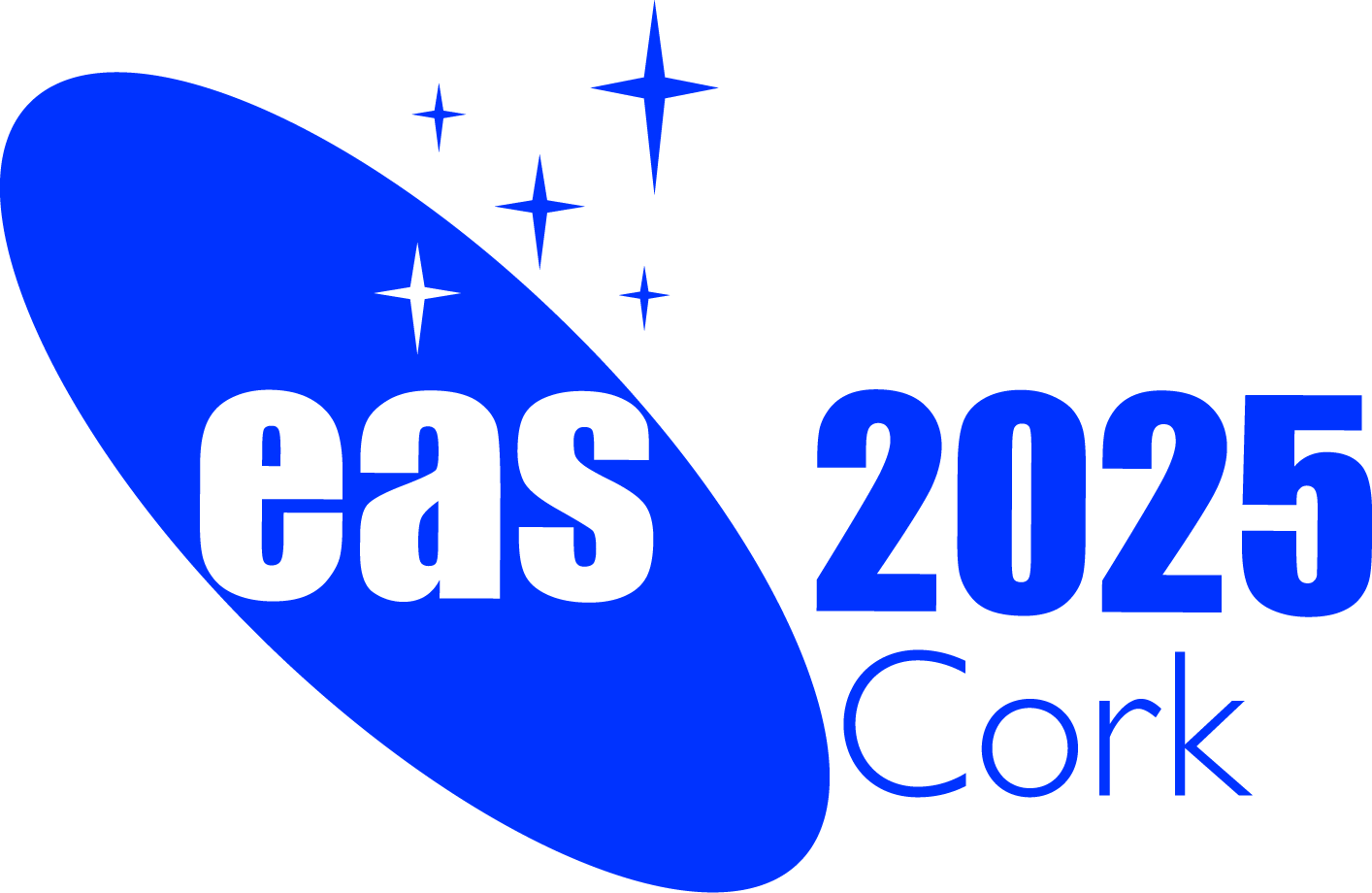
|
Special Session SS36
27 June 2025
From giants to dwarfs: unveiling stellar and AGN feedback in the first 3 Gyr of the Universe
Supermassive black holes (SMBH) and their host galaxies co-evolve, regulating galaxy growth throughout cosmic history. According to standard models of galaxy formation, active galactic nuclei (AGN) feedback may be the key mechanism acting in massive systems (stellar masses > 1010 MSun), primarily through outflows and jets, while supernova feedback likely dominates in the low-mass ones (stellar masses < 109.5 MSun). However, new observations may question whether this also holds at high redshift. The increasing discovery of AGN in low-mass galaxies suggests that AGN feedback might also play a role in regulating star-formation in this regime. Moreover, the discovery of very bright galaxies in early epochs may require a revision of how feedback is thought of in the early Universe.
In the meantime, cosmological simulations have significantly improved in resolution and numerical accuracy, enabling a more precise modeling of the physics of feedback in low- and high- mass galaxies. Despite considerable efforts, simulations and observations still struggle to reach a consensus on the main channels through which stellar and AGN feedback exert their impact, as well as their effects on the galaxy population as a whole.
Programme We will bring together observational and theoretical experts in order to address the following key questions:
Invited speakers
Scientific organisers
Contact antonello.calabro @ inaf.it , giustina.vietri @ inaf.it Updated on Fri Feb 21 10:43:29 CET 2025
|
||||||||
|
European Astronomical Society |
|||||||||
 A power cut will shut down all EAS services on Tuesday, 10 January 2017 starting at 7:30 CET.
A power cut will shut down all EAS services on Tuesday, 10 January 2017 starting at 7:30 CET.

